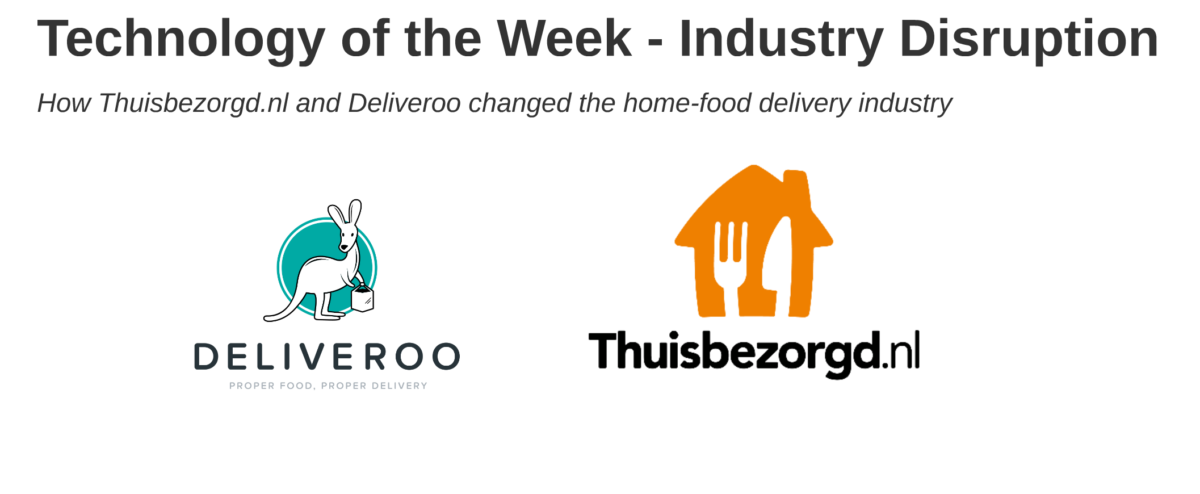There is virtually always ‘an app for that’, from taxi services to food delivery. Take a minute to think about all the apps on your phone, the sheer number of pages or folders that are full of them. Some of those you rarely use, you downloaded it months ago, used it once, put it in a folder on page 6 and it stays right there until you ultimately need to free some space.
Apps were once the expected savior for offline retail stores, they were meant to engage customers and build a personal relationship with them. However, it has been proven that this does not happen automatically. To keep a customer engaged the apps needs to continuously give the customer added value. To help them to achieve this, and prevent apps from being moved to the dreaded ‘page six’ of your phone, the online retail has been experimenting with a new technology: Beacons.
What are Beacons?
![]()
(Borowicz, 2016)
Beacons first emerged in 2013, when Apple introduced them. They did however not draw much attention until the end of 2015 (Kline, 2016). The $5 dollar devices, use Bluetooth technology to seek out customers’ apps and communicate with them. To ‘wake the app’ it sends a message to the user through the application. Because most applications require registration the message can be highly customized, from a friendly personal greeting to a reminder of a feature of the app.
How are beacons used?
![]()
(Borowicz, 2016)
Beacons are used to improve the customer shopping experience, strengthen the relationship with the customer and make it possible to further connect online and offline retail. They can, for example, be used to help a customer navigate through a store, offer them a personalized discount and give them an incentive to return to the store another time (Kline, 2016).
Who uses them?
Today, this technology is starting to infiltrate mainstream retail. Early adopters are consumer packaged goods (CPG) retailers. This is mostly because these relatively inexpensive goods are purchased frequently and give the retailers an opportunity to utilize the consumer data they collected on earlier occasions. Examples of CPG retailers that have started to integrate beacons into their businesses are Walmart, Target and Macy’s (Halpin, 2016). A marketing technology company called Swirl has analyzed in-store campaign performance data of shopper exchanges and surveyed consumers who received beacon-triggered messages. The results can be seen in the graphics below.


(“Swirl Releases Results of Retail Store Beacon Marketing Campaigns”, 2014)
Privacy concerns
Even though customers has to give permission to a company to track their location, privacy concerns still arise. This mostly comes from a few myths about beacon technology. Consumers believe that due to this technology the company is able to track their every move or transmits personal data. However, a Beacon is only able to determine whether the receiver (the smartphone) is nearby, how long it stays there and where it moves to and sends this information to the associated application. To relieve the privacy concerns of customers it is important to provide a transparent data privacy statement, avoid spamming, give consumers the option to opt-out easily and enable in-app privacy controls (Babu, 2016).
Other employments of Beacons
Of course, retailers are not the only industry that can benefit from using Beacons. Other applications of this technology include helping visually impaired travel with public transport, navigating travelers in airports, and tracking firefighters in action (Koskiola, 2016).
Sources:
Babu, P. (2016). 7 Tips on Relieving Beacon Privacy Concerns of your Customers. Beaconstac. Retrieved 16 October 2016, from http://blog.beaconstac.com/2016/08/7-tips-on-relieving-beacon-privacy-concerns-of-your-customers/
Borowicz, W. (2016). How do beacons work? The physics of beacon tech. Estimote. Retrieved 16 October 2016, from http://blog.estimote.com/post/106913675010/how-do-beacons-work-the-physics-of-beacon-tech
Halpin, N. (2016). THE BEACONS REPORT: Why the CPG category is poised to become an early leader in beacon-based marketing. Business Insider. Retrieved 15 October 2016, from http://www.businessinsider.com/beacons-are-shaking-up-the-consumer-packaged-goods-market-2016-5?international=true&r=US&IR=T
Kline, K. (2016). How Bluetooth Beacons Will Transform Retail in 2016? The Huffington Post. Retrieved 13 October 2016, from http://www.huffingtonpost.com/kenny-kline/how-bluetooth-beacons-wil_b_8982720.html
Koskiola, A. (2016). 5 Amazing Projects with Beacon Technology in 2016 – Proximi.io. Proximi.io. Retrieved 16 October 2016, from https://proximi.io/5-amazing-projects-beacon-technology/
Swirl Releases Results of Retail Store Beacon Marketing Campaigns. (2014). Swirl. Retrieved 15 October 2016, from http://www.swirl.com/swirl-releases-results-retail-store-beacon-marketing-campaigns/








